
What can I give my dog for Tracheobronchitis?
When hearing a dog coughing violently, with a heavy and rapid breathing sound, and seeing its once lively figure becoming listless, the owner's heart tightens with worry.
When you happily look at your cute and adorable French Bulldog, but suddenly notice bald patches on its body, turning its once fluffy appearance into a patchy one, you're surely filled with worry and anxiety. The unique appearance and lively personality of French Bulldogs make them a favorite among many families. However, the problem of bald patches is like an annoying pebble that shatters this beauty. Don't worry. Next, let's delve into how to deal with the bald patch problem in French Bulldogs.
To solve the problem of bald patches, we first need to figure out its causes. Parasite infestation is one of the common causes of bald patches in French Bulldogs. Parasites such as fleas and mites like to live on the dog's skin. They crawl and bite on the skin surface, not only causing skin itching but also damaging the hair follicles, leading to hair loss and the formation of bald patches. By observing closely, you may notice that the dog frequently scratches and chews on the areas with bald patches, and the skin may even develop redness and scabs. Fleas are small, usually black or brown, and can move quickly among the dog's hair. Mites, on the other hand, can only be seen under a microscope. Types like Demodex mites and Sarcoptes scabiei dig tunnels under the skin, triggering inflammation.
Allergies are also factors that cannot be ignored. French Bulldogs may be allergic to certain ingredients in their food, such as common beef, chicken, grains, etc. They may also have allergic reactions to environmental allergens like pollen, dust mites, and mold. Bald patches caused by allergies are often accompanied by symptoms such as skin redness, itching, and rashes. Some dogs may show immediate reactions after coming into contact with allergens, while others may take some time. For example, after playing outdoors during the pollen season, the dog's skin may gradually develop problems, and bald patches may start to appear under the once - smooth hair.
Skin infections can also lead to bald patches. After bacteria or fungi infect the skin, they multiply rapidly on the skin, erode the skin tissue, and impede the normal growth of hair. Bacterial infections usually present as red and swollen skin with purulent secretions. Fungal infections often appear as round or oval bald patches with clear edges, which may be covered with scales, looking like small patches. For instance, Malassezia infection is quite common in French Bulldogs, especially in areas with more skin folds and moisture, such as the neck and abdomen.
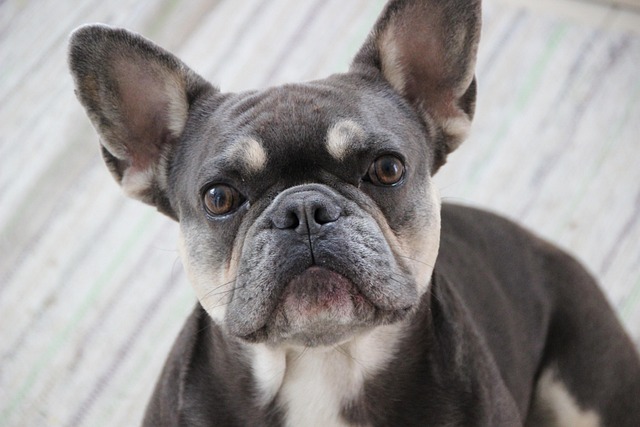
Hormonal imbalance can also be the culprit behind bald patches. Endocrine diseases such as hypothyroidism and hyperadrenocorticism can affect the normal secretion of hormones in dogs, thereby interfering with the normal physiological function of hair follicles and causing hair loss. French Bulldogs with hormonal imbalance may, in addition to bald patches, also show symptoms like lethargy, weight gain or loss, and skin pigmentation.
When you find bald patches on your French Bulldog, never blindly use medications on your own. Instead, take it to a professional pet hospital in a timely manner. The veterinarian will conduct a comprehensive examination, including a skin scraping test to determine if there are parasite or fungal infections, a blood test to help judge if there are endocrine problems or other underlying diseases, and an allergen test to find the cause of the allergy. Only by accurately diagnosing the cause can an effective treatment plan be formulated.
For parasite infestations, the veterinarian will prescribe corresponding antiparasitic drugs according to the type of parasite. Topical antiparasitic drops can effectively kill external parasites such as fleas and lice. For mite infections, oral or injectable antiparasitic drugs may be needed, along with topical ointments applied to the bald patches to relieve symptoms and promote skin healing. During the treatment period, strictly follow the doctor's instructions for medication and have regular follow - up checks to ensure that the parasites are completely eliminated.
If the bald patches are caused by allergies, identifying the allergen and avoiding contact with it is the key. For food allergies, you can try changing to hypoallergenic dog food, using foods with a single protein source, such as duck - based or venison - based dog food, and observe the dog's reaction. If it's an environmental allergy, minimize the dog's outdoor time during the pollen season, regularly clean the indoor environment, and use air purifiers and dust mite removers to reduce the concentration of allergens. For dogs with more severe symptoms, the veterinarian may prescribe anti - allergic drugs such as antihistamines to relieve itching and inflammation.
The treatment of skin infections requires choosing appropriate drugs according to the infecting pathogen. Bacterial infections are usually treated with antibiotics, either orally or in the form of topical antibiotic ointments, used according to the treatment course until the infection is completely eliminated. Fungal infections require the use of antifungal drugs, such as itraconazole, which may need to be taken for several weeks or even months. At the same time, pay attention to keeping the skin clean and dry to avoid secondary infections.
The treatment of bald patches caused by hormonal imbalance is relatively complex and requires long - term management. The veterinarian will develop a personalized treatment plan based on the specific endocrine disease, which may include drug treatment and dietary adjustments. For example, for dogs with hypothyroidism, thyroid hormone supplementation is needed, and thyroid function should be monitored regularly to adjust the drug dosage.
In addition to active treatment, daily preventive measures are also of great importance. Regularly deworm your French Bulldog both internally and externally, keep the living environment clean and hygienic, regularly wash the dog's bed and toys to prevent the breeding of parasites. Pay attention to a balanced diet, choose high - quality dog food, and avoid feeding foods that may cause allergies. At the same time, let the dog have an appropriate amount of exercise to build up its physique and improve its immunity.
Every French Bulldog is a treasure in the owner's heart. Seeing them suffer from bald patches makes the owner feel bad too. But as long as we face it positively, treat it scientifically, and prevent it carefully, we will surely be able to help them get rid of the trouble of bald patches, let them regain their healthy and smooth hair, and happily run and play in the sun again. Let's work together to safeguard the health and happiness of these lovely little ones.

When hearing a dog coughing violently, with a heavy and rapid breathing sound, and seeing its once lively figure becoming listless, the owner's heart tightens with worry.
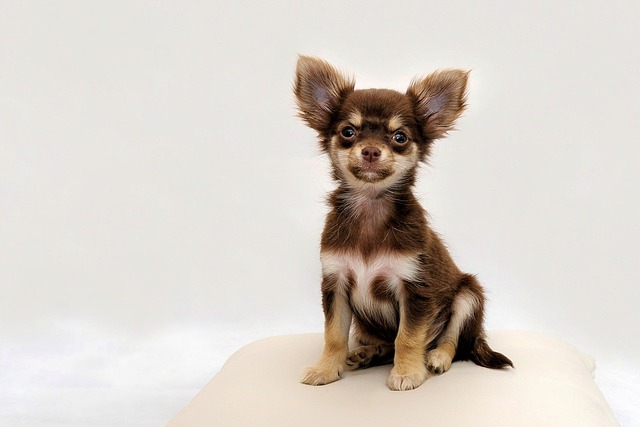
When we notice that dogs frequently scratch their ears, shake their heads, and even emit unpleasant odors, our hearts are filled with worry.

Dog paw dermatitis, a seemingly insignificant disease that causes countless furry children unbearable pain, concerns every shit shoveling owner.
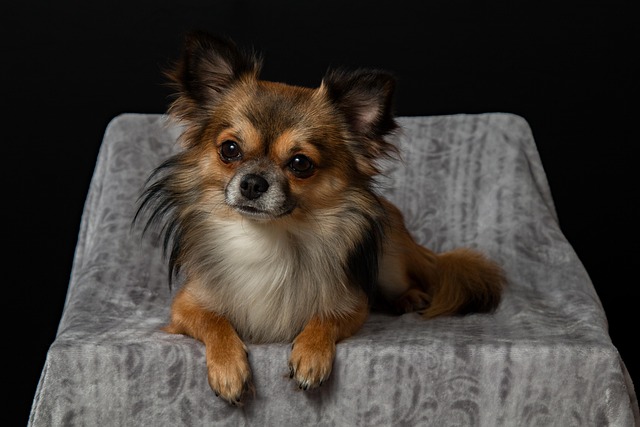
Watching the dog frequently making the defecation posture but failing to defecate smoothly, restlessly circling on the ground,
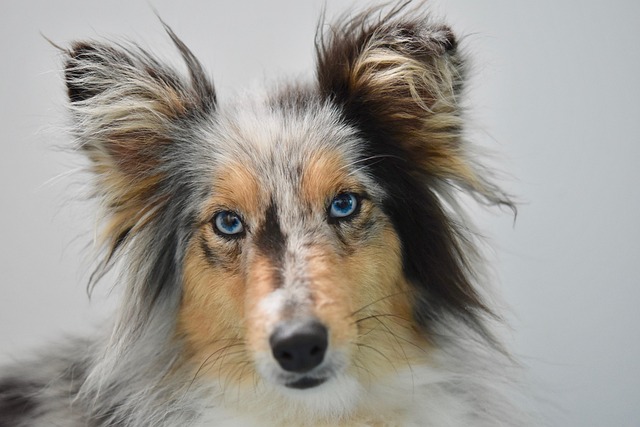
When we find that the dog frequently makes the defecation posture but fails every time, and it anxiously circles in place,
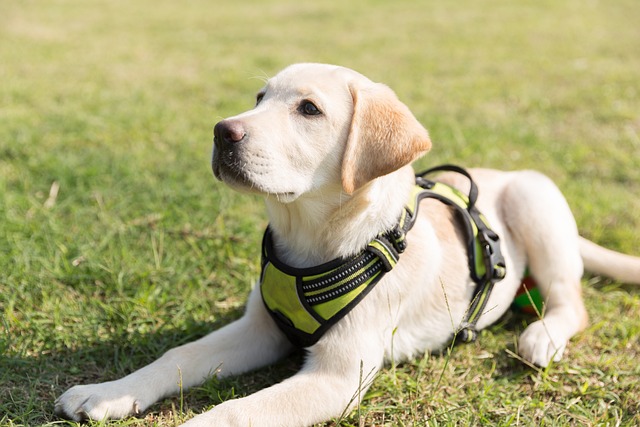
When you notice that your usually lively and bright-eyed dog's eyes start to turn red, shed tears frequently, and even squint and resist your touch, your heart will clench with worry. This might mean that the dog has keratitis.